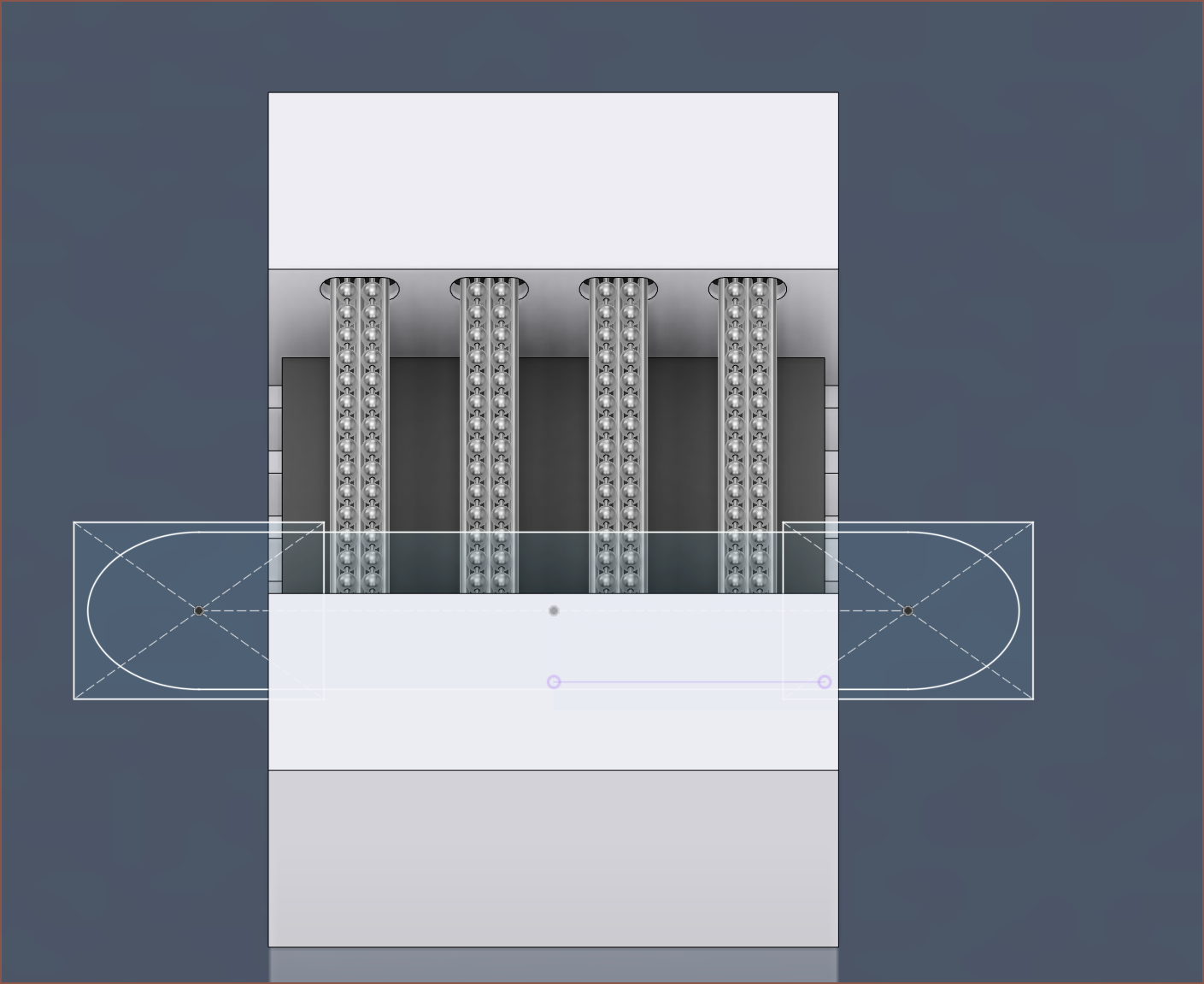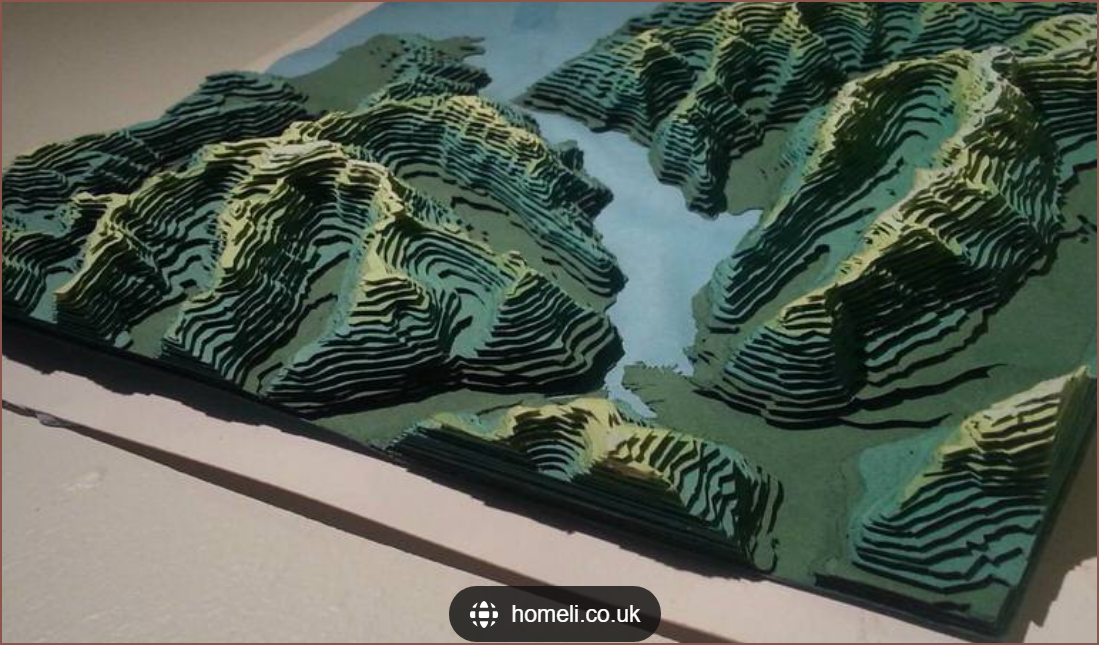Starting yesterday, I've been conceptualising a way to get a fifth Tetrinsic to fit.

One of the ergonomic issues with Thumb1 is that it and Finger5 are both what I'd call "aligning fingers". As one would expect, the solution ergonomically fails if only one of them is in alignment. That's part of the reason why the main Tetent concepts have only used 4 fingers:

Unfortunately, any ergonomic solution failed geometrically due to the size of Tetrisic. #Tetent TestCut [gd0139] is no longer geometrically viable with how large Tetrinsic has grown now.
However, with this new idea that I talked about in the previous log, I feel that there's a possibility of obtaining one of the best ergonomic solutions possible whilst still being ergonomically viable, though it could be harder to manufacture since a closed loop would form around the FingerN Tetrinsics. The good news is that I can make it ambidexterous without needing an additional Tetrinsic, now that it's so long.
This strategy actually goes all the way back to this log here where there's even a handy diagram. Right now, I'm targetting a height offset of 6mm. Conveniently, the 1.5mm stainless steel tubes arrived. 1 tube alone already feels unmoving, so the 3 tubes that make up the sliding surface of Tetrinsic should be stiff enough for the task.
I'm also removing the LCD/Solar stuff from Tetrinsic. I'll still be keeping compatibility by exposing pins on Tetrinsic PCB, but it now seems that the aesthetic should be determined by the device that Tetrinsic is implemented in. For example, why have a small artisan keycap when the entire free area could be one, such as a topology map:

At the moment, I'm expecting the visible area to be about 75mm x 75mm for Tetent. This approach to lighting has come full circle, as the Tetwin Switches were designed to be transparent so that an external light source could shine though.
 kelvinA
kelvinA
Discussions
Become a Hackaday.io Member
Create an account to leave a comment. Already have an account? Log In.